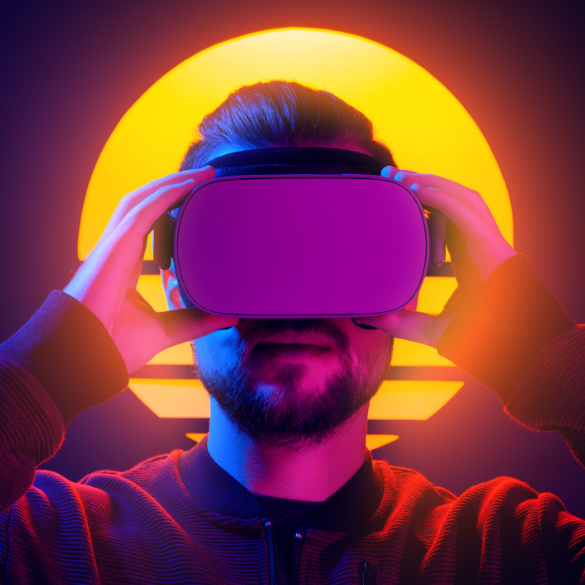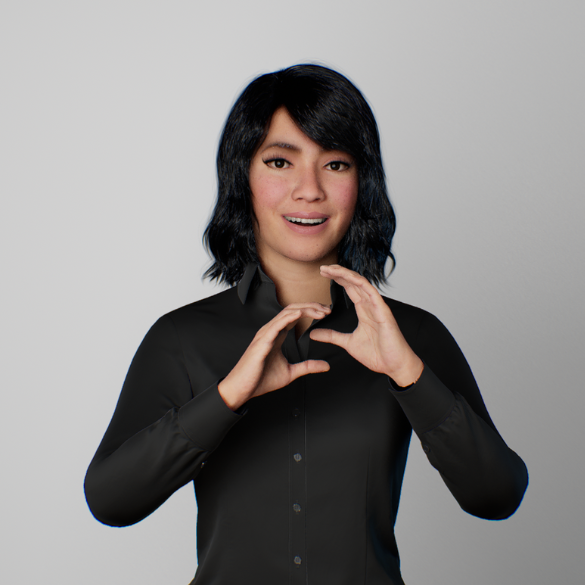We had a chat with UniServices Commercialisation Director Stephen Flint, a manager of the University of Auckland Inventors’ Fund, to learn what’s going on in this space.
Pūrongo
Feature
Hype or real potential? A commercialisation view of the XR industry
05 February 2021
Our commercialisation team at UniServices is astute at spotting the real deal from shiny distractions and when it comes to opportunities in the extended reality (XR) space this is essential.
How do you assess business potential for an AR/VR/XR application?
The key aspect is to identify a clear competitive advantage.
Many of the applications tend to be ‘nice to have’ rather than fulfilling a clear and specific need. This tends to lead to little or slow uptake.
Understanding who the users are and the value to them is a critical component of determining whether the technology can provide an opportunity to build a sustainable and growing business.
Fortunately today there are a good number of VR headsets in use and this is growing steadily. Competition is also making them more affordable and the technology is significantly better than it was in the past. This provides the ability to reach an increasing market size for producers of content, peripherals and other enabling approaches.

What are some AR/VR/XR start-ups that UniServices has invested in that have solid potential for impact?

Most of our portfolio companies in this space are developing ways to make content creation faster and more efficient. Each of these companies are at the cutting edge of technology.
1. Kara Technologies
Kara Technologies develops sign language avatars to make content accessible to sign language users.
Kara has a clear problem definition in that there are limited sign language experts to provide translation. Furthermore, it is inefficient and expensive to use experts for large volumes of content, for example films and TV shows. KARA have developed avatars using motion capture to build the vocabulary base and then applying artificial intelligence techniques. This enables KARA to develop real time translation suitable for any visual media - be it for entertainment, news, instructions and education.
Its scalability and cost effectiveness will enable content providers such as TV networks, movie producers, educators, service providers and others to be more inclusive with a portion of society that often struggles with being provided for.
2. Soul Machines
Soul Machines is the world leader in humanising artificial intelligence.
Soul Machines creates hyper realistic digital people with the ability to contextualise and adapt in real time to situations similar to human interactions. With a focus on customer service, Soul Machines has been working with some of the largest companies in the world and their technology could eventually change the way we interact with our computers. Like Kara, Soul Machines can provide enormous scalability. This makes it attractive from a return on investment perspective for companies with large call centres and sales forces but have limited ability to grow these areas with their current business models.
3. StretchSense
StretchSense develops stretchable sensors and is finding a niche in motion capture.
StretchSense has spent much time working with clients to uncover applications for their technology. They are now finding a niche in motion capture which is typically expensive, time consuming and particularly challenging when it comes to accurate hand and finger movements. Their mocap gloves are being sold to production studios and the gaming industry, and are increasingly being used with virtual reality and for enterprise training.
What else can you share about developments related to the University?
The Auckland Bioengineering Institute (ABI) has been developing virtual models of anatomy for more than 30 years and is a pioneer in the field of organ and physiology visualisation. These models form the basis of many of our spin-outs’ intellectual property, e.g. Formus Labs, and we expect further growth in the area of ‘virtual personalised medicine’.
Another company with links to ABI is Envisage AR, founded and led by Professor Mark Billinghurst who is a recognised global researcher in AR/VR. Envisage AR develops both hardware and software for Mixed Reality (MR) remote collaborative experiences. Their collaborative platform uses Augmented and Virtual Reality technology, and their unique scanning technology allows people to capture and share the space around them. This enables a remote person to feel like they are really there. The technology is suitable for applications such as remote maintenance to enriched video conferencing with real-time 3D mapping and collaboration capability.
Dr Michael Martin in the School of Environment is exploring the mixing of virtual reality and geospatial analysis to document and protect our forests. The media (videos) have location (latitude and longitude) allowing for machine learning (objects, sounds, etc), or can be analysed by experts of the content through a 3D tagging system. This type of technology enables the team to bring individuals into the virtual forest and collect their feedback without spending travel resources.
Digital twins have been used in industry for many years and are one of the pillars of the so called fourth industrial revolution ‘Industry 4.0’. Prof Xun Xu, of the Mechanical Engineering Department, is one of the most highly cited authors in this field globally, and it is possible to visit the Laboratory for Industry 4.0 Smart Manufacturing Systems virtually.
So, is the hype real?
In conclusion, the hype is “real” when a meaningful problem has been identified, and the technology is applied and customised to address the needs of the end-users in that particular application. However, this is sometimes not immediately obvious and deep market research is required before creating a new solution or product.
We can provide advice, connections to relevant experts in technology and business, various funding sources and we have our own fund, the University of Auckland Inventors’ Fund, which specifically invests into new ideas and ventures from the University of Auckland.